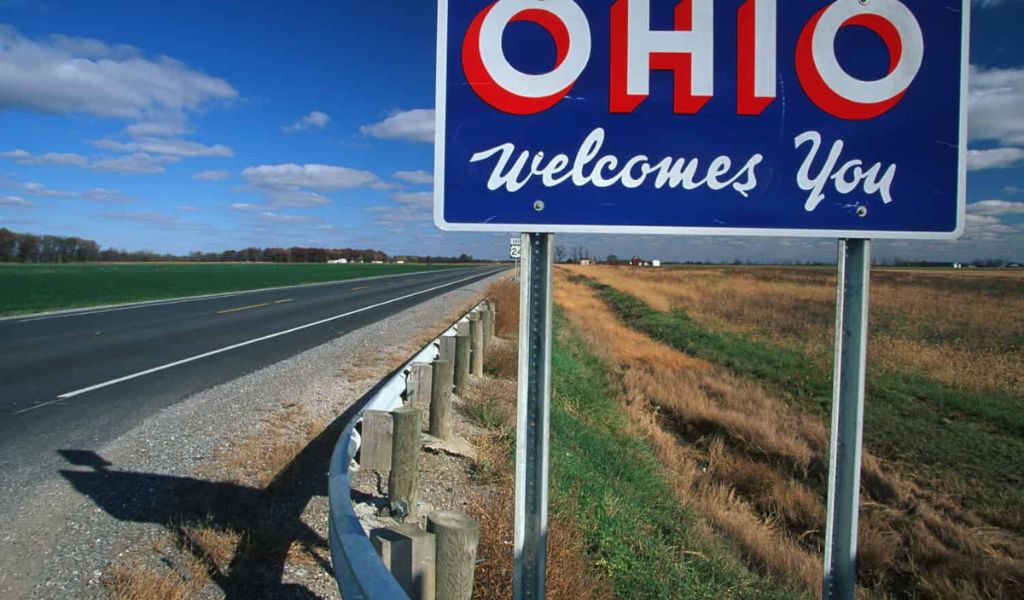With 830,639 residents, Hamilton County, Ohio, is the third most populous county in the state. In addition to being the largest city, in Cincinnati, the county seat, is also the hub of the region’s economy and culture. Yet, inequalities still exist throughout the county despite the general affluence.
Hamilton County’s poverty rate, according to the U.S. Census Bureau, is 15.6%, higher than the state average of 13.4%. These differences become especially clear when looking at the income and poverty levels of different communities. As of 2021, the median household income and poverty rates in each of the following five Hamilton County communities indicate which ones are the most economically challenged:
1. Avondale
11,906 people are living in Avondale, which is three miles north of Cincinnati’s downtown, 91% of them are African Americans. The median household income in the neighborhood is $19,074, which is substantially less than the $64,065 county average. More than three times the county average, or 51.6% of Avondale’s inhabitants, live below the poverty line. Racial conflict, violence, high crime rates, unemployment, and health issues have plagued Avondale throughout its history.
2. Fairmount South
There are 2,647 people living in South Fairmount, which is four miles west of Cincinnati’s downtown. Of these, 28% are African Americans and 64% are White. The median household income in the neighborhood is $18,750, which is much less than the county average. The shocking percentage of South Fairmount residents living in poverty is 52%, which is much higher than the county average. Along with urban degradation, flooding, pollution, and a reputation for drug use and prostitution, the neighborhood has had other challenges.
3. English Woods
English Woods, located around five miles northwest of downtown Cincinnati, was formerly a public housing project. Currently, 1,439 people live there, most of them being African Americans. English Woods’ median household income is a pitiful $16,250, much less than the county average. Its population lives below the poverty level in a startling 56% of cases. Due to a history of violent crimes, bad living conditions, and criminal activity, the majority of the structures in English Woods were demolished in 2005 as part of a rehabilitation plan.
4. Millvale
Three miles northwest of Cincinnati’s downtown is Millvale, another public housing development. There are 1,535 people living there, and 97% of them are African Americans. The typical household income in the neighborhood is a pitiful $14,583, much less than the average for the county. Incredibly, 58% of Millvale’s residents live in poverty. Similar to English Woods, it experienced high rates of crime, abandonment, and decay, which led to plans to destroy and rebuild it as a mixed-income neighborhood in 2018.
5. Lower Price Hill
Approximately two miles west of Cincinnati’s downtown, Lower Price Hill is the most poorest district in the county. Of the 1,178 inhabitants, 69% are white people and 24% are Hispanic or Latino. Lower Price Hill’s typical household income is much less than the county average, at about $13,333. Startlingly, 65% of its citizens are impoverished.
Lower Price Hill was first populated by Irish immigrants in the 19th century. Today, the neighborhood suffers issues like subpar housing, restricted access to healthcare and education, and high incidence of drug misuse and domestic violence.
In summary
In summary, Hamilton County presents a multitude of prospects, but in a number of its areas, poverty and related issues persist. Together with cooperation from the commercial and nonprofit sectors, state and municipal governments must make coordinated efforts to address these problems.
Through addressing the underlying factors that contribute to poverty, such as low income, unemployment, education, health inequalities, crime, and environmental issues, these communities can enhance the quality of life for their citizens and enhance the county’s overall well-being.

